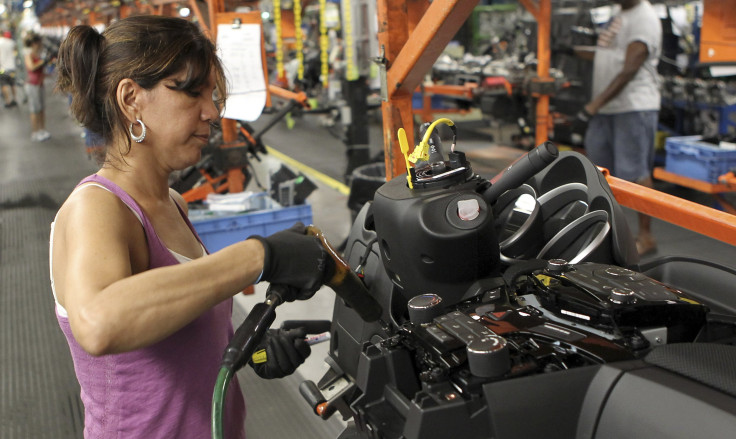January Jobs Report: Job Gains Beat Expectations, But Wage Growth Disappoints

Intersecting with the last month of the Obama Presidency and with the first month of the Donald Trump Presidency, the monthly U.S. jobs report released by the Labor Department Friday shows that the economy added 227,000 jobs in January — the largest gain recorded in four months, and up from December’s 157,000.
The eagerly awaited figures were reported incorrectly by the President during his weekly broadcast on Facebook Live. Trump incorrectly inflated the actual figure of 227,000 by adding 10,000. As Trump had repeatedly denounced the official unemployment numbers during his campaign as "one of the biggest hoaxes in modern politics," and even suggested that the actual figure may be as high as 40 percent, it was curious to see his response on the fresh data.
"227,000 jobs, great spirit in the country right now," Trump said in a statement released Friday. "So we're very happy about that. I think that it's going to continue big league."
The unemployment rate rose just one-tenth of a percentage point to 4.8 percent from December’s 4.7 percent. Wage growth figures, meanwhile, were not as optimistic when compared to December. Worker pay increased only 0.1 percent and overall wage gains were depressed by a 1 percent drop in pay in financial industries, according to Bloomberg.
The labour force participation rate, a figure that illustrates the percentage of the public which is employed or actively seeking work, was at 62.9 percent in January, recording a slight increase from December’s 62.7 percent.
The overall positive outlook of the job report raised speculation that the Federal Reserve may raise interest rates to counter any possible inflationary trends in the near future, when it meets again in March. The Federal Reserve did not raise rates in Trump’s first week in office but released a positive assessment of the U.S. economy.
Janet Yellen had warned in December that the U.S. economy might be faced with a “nasty surprise” due to inflationary trends if they take too much time to hike rates.
© Copyright IBTimes 2025. All rights reserved.






















